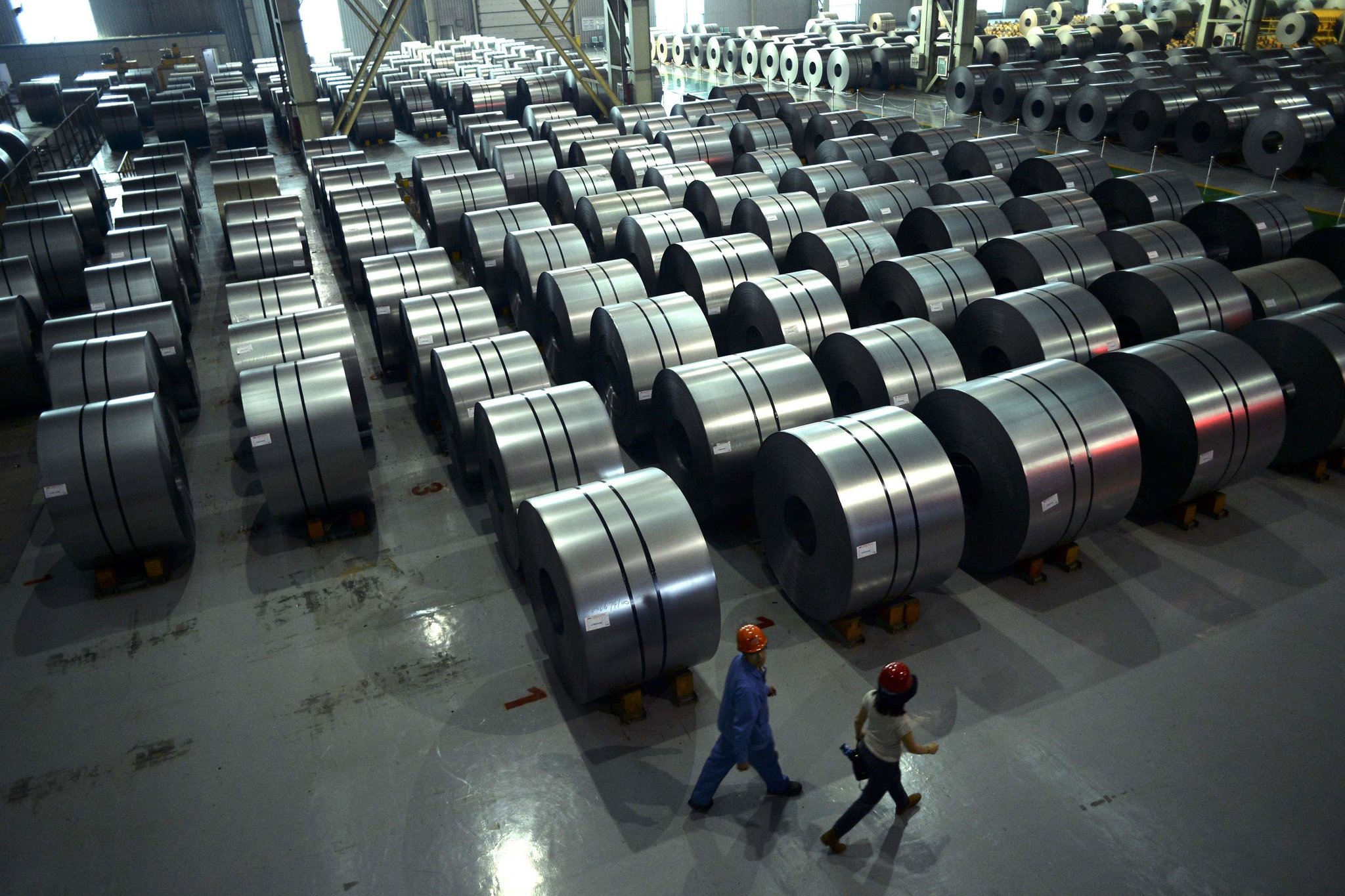The China Bulk Commodity Price Index (CBPI) reached 113.4 in October, rising by 3% from the previous month but down 1% from a year earlier, according to data compiled by the China Logistics and Purchasing Federation.
Driven by improved market supply and demand, accelerated corporate production and the implementation of a series of incremental policies by the government, most bulk commodity prices rose in October from the previous month, said the federation.
With easing global inflation pressures, moderate recovery in the world economy, and more accommodative monetary policies in China, the economic recovery momentum is gradually building up, suggesting that bulk commodity prices may have further upward potential in the short term, it said.
In the fourth quarter, driven by recovering market demand, strengthening vitality of the bulk commodity market and implementation of various policies, the positive economic trajectory is expected to sustain, it added.
By sector, the ferrous commodity price index surged to 84.9 last month, rising by 8.2% month-on-month but falling 5.3% year-on-yea; the non-ferrous metals price index continued its upward trend to reach 129.6, up 3.9% month-on-month and rising 8.3% year-on-year; the mineral price index rebounded to 81, up 1.9% month-on-month but down 7.5% year-on-year; the chemical price index saw a slight increase to 111, up 0.9% month-on-month but down 5.1% year-on-year; the energy price index stabilized and rebounded to 104.3, up 0.7% month-on-month but down 12.4% year-on-year; while the agricultural products price index continued to decline to reach 92.9, down 2% month-on-month and sliding 20% year-on-year.
Among the 50 key commodities, 35 commodities saw price increases from the previous month, while 15 commodities experienced price declines, it said.
Specifically, the top three commodities in terms of price increases were coke, cold-rolled coil and hot-rolled coil, which rose by 13.5%, 13.3%, and 12.4% month-on-month, respectively, while the top three in terms of price declines were soybeans, para-xylene and gasoline, which fell by 10.4%, 8.4%, and 5.5%, respectively.
